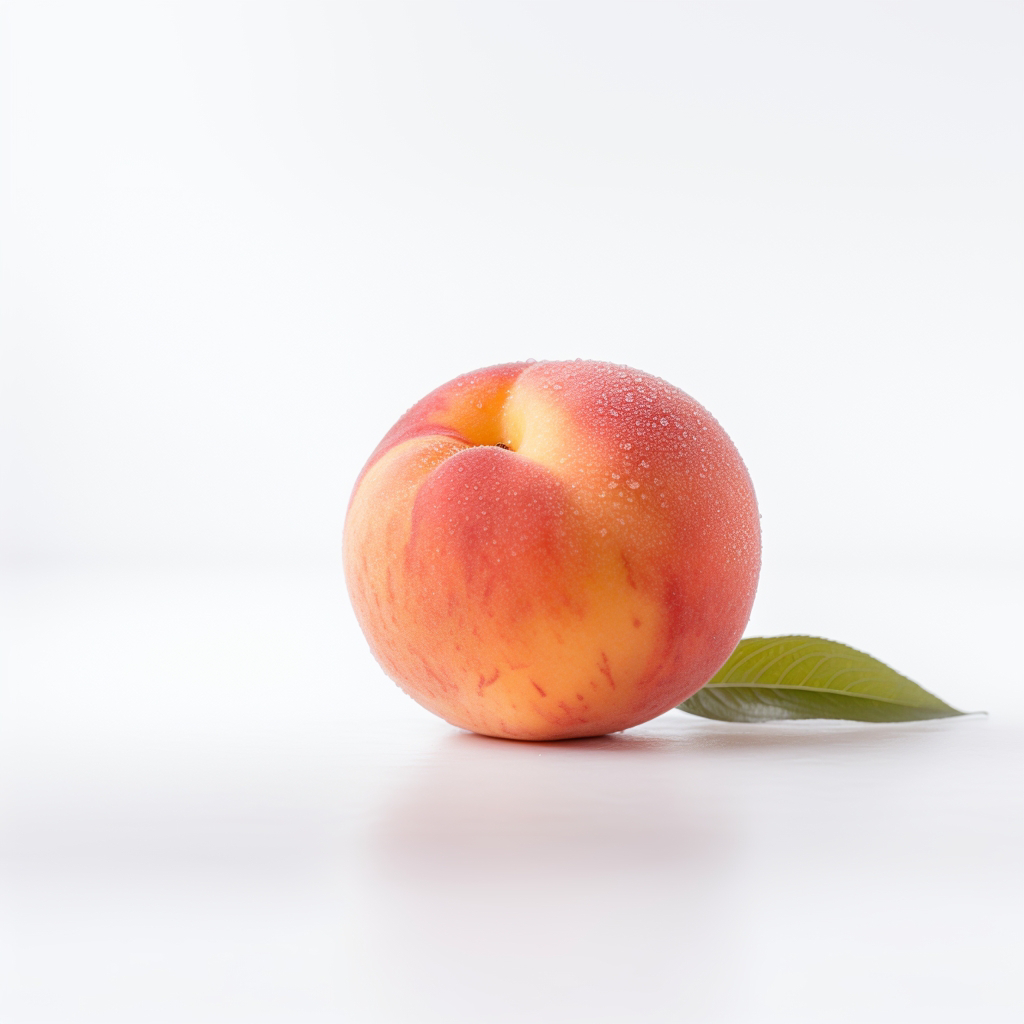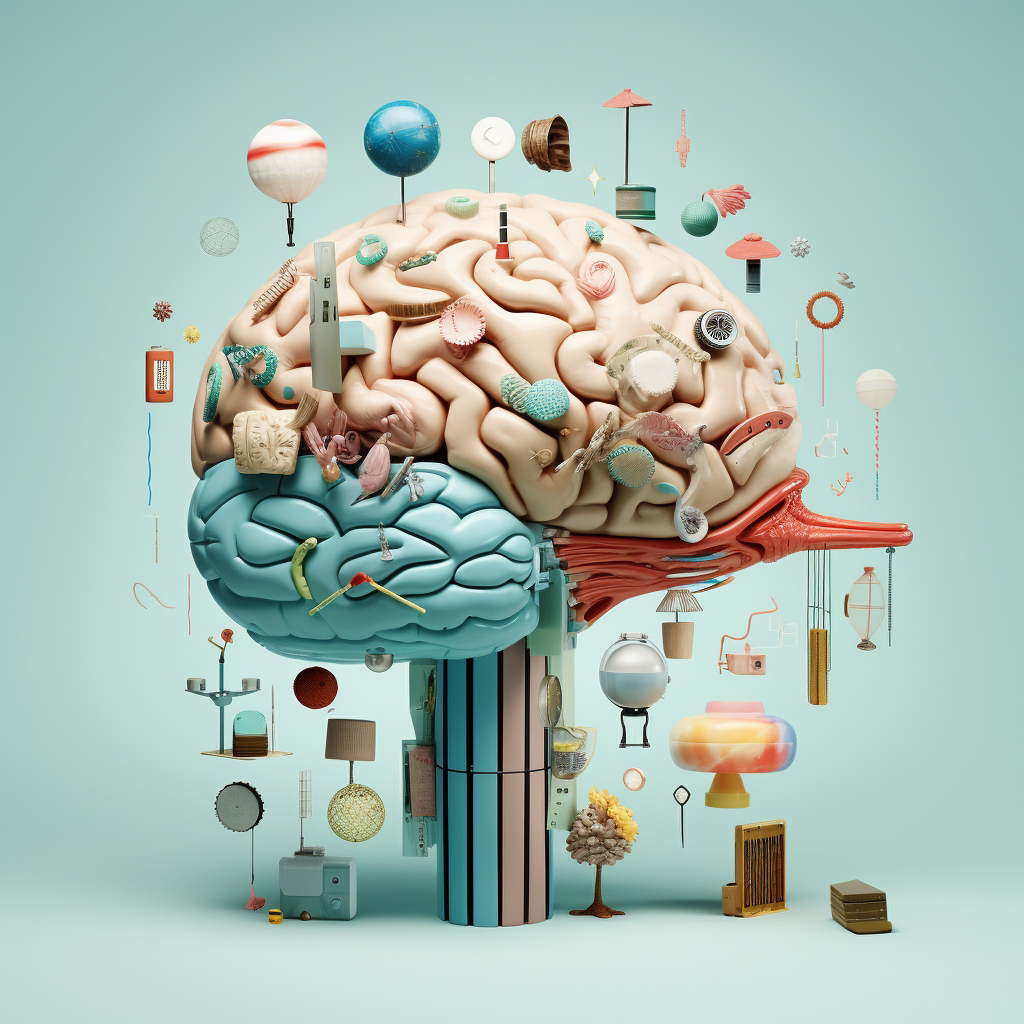Art, in its many forms, serves as a mirror to the world, reflecting back to us the beauty, complexity, and diversity that surrounds us. As a photorealist artist, I've often found myself at the receiving end of comments like, "Oh, it looks just like a photo." While such remarks are undoubtedly flattering, they also provoke a sense of curiosity and reflection. What if this artist's goal is to paint a representation of the real objects depicted in their paintings rather than a facsimile of a photograph of said object? This led me to develop what I call the "Peach hypothesis," a concept that explores the intricate relationship between perception, representation, and reality.
The Peach Hypothesis is based on the premise that our brains create templates of the things we see and experience in our environment. Let's take a peach as an example. When we look at a peach, our brain doesn't merely see a fruit; it recognizes a series of objective descriptors or sub-templates that categorize a peach as a peach. These descriptors could include being a fruit, having a pale orangy color with redder areas, being spherical in shape, and having a diameter of about 10-15 cm.
These sub-templates are not just standalone entities; they form part of a larger main template labeled as 'a peach' in our minds. Over time, our brains collect new sub-templates and add them to our mental template database. The expansiveness of this database determines how accurately we can identify things in the real world.
Consider a nectarine, for instance. It ticks off all the sub-template descriptors of the main peach template, including some "not sub-templates" like not being an apple or a banana. The primary difference between the two fruits is their skin texture, and without this knowledge, one could easily mistake a nectarine for a type of peach.
This cognitive process brings us to the crux of the Peach Hypothesis, which seeks to explain why people often compare a photorealistic painting to a photograph rather than the real objects depicted. A photorealistic or hyperrealistic painting ticks nearly all of the sub-template descriptors of a photograph and fewer descriptors of the real objects or scenes. Most notably, a painting lacks the three-dimensional aspect of the real world that a photograph captures.
Our brains are wired to perceive and process information based on familiarity and patterns. When we look at a photorealistic painting, our brains immediately draw upon the familiar templates associated with photographs. The high level of detail, the precision of the lines, the accuracy of the colors, all these elements align with our mental template of a photograph. Consequently, our immediate reaction is to compare the painting to a photograph, even though the painting is a representation of real objects or scenes.
This phenomenon underscores the fascinating interplay between perception and representation. As an artist, my aim is not merely to replicate a photograph but to capture the essence of the real objects depicted in my paintings. I strive to create art that goes beyond the two-dimensional constraints of a photograph, art that engages the viewer's senses and emotions, and sparks their imagination.
The Peach Hypothesis is not just about understanding how we perceive art; it's about redefining the boundaries of representation. It challenges us to look beyond the surface, to question our perceptions, and to appreciate the depth and complexity of the world around us. It invites us to view art not just as a reflection of reality but as a portal to a world of endless possibilities.
In conclusion, the Peach Hypothesis is a testament to the power and potential of art. It underscores the importance of perception in shaping our understanding and appreciation of the world around us. As an artist, it serves as a constant reminder to strive for authenticity and depth in my work, to create art that transcends the confines of a photograph and captures the essence of the real world. After all, art is not just about mirroring reality; it's about enriching our perception and experience of it.








No comments:
Post a Comment